Deck & Commander Strategies

Squee, the Immortal
Seth's deck seemed to focus on taking advantage of Squee's ability to return from the graveyard, though it contained a few odd choices like Sundial of the Infinite.

Muldrotha, the Gravetide
Richard's deck was likely built to take advantage of Muldrotha's ability to play cards from the graveyard.
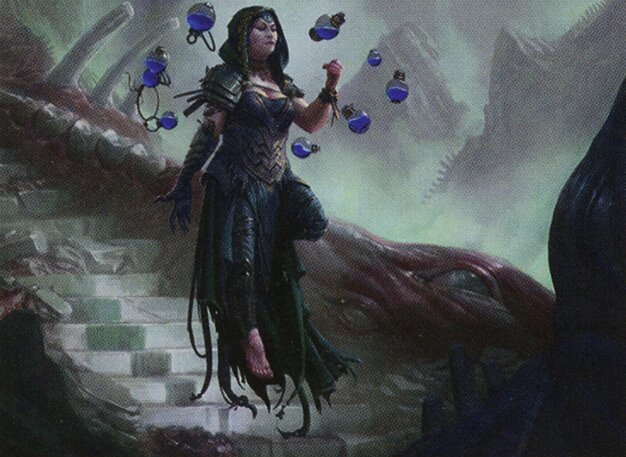
Kess, Dissident Mage
Phil's deck was a typical Grixis control deck, aiming to control the game and take advantage of Kess's ability to cast spells from the graveyard.
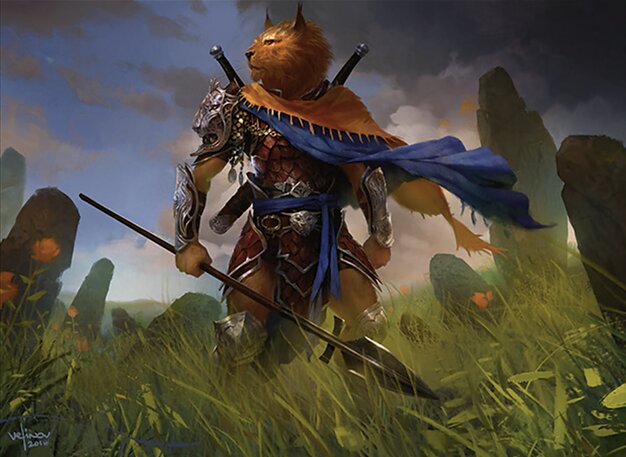
Balan, Wandering Knight
Tomer's deck was an equipment deck, focusing on equipping Balan with powerful pieces like Helm of Kaldra, Shield of Kaldra, and Sword of Kaldra to create a formidable threat.
Gameplay Insights
- 1
The AI deck-building process resulted in some unusual card choices, such as Sundial of the Infinite in Seth's Squee deck.
- 2
Despite the unusual deck-building process, the game unfolded like a typical Commander game, with players developing their boards and strategizing to take advantage of their commanders' abilities.
- 3
The players noted that the AI did not fully understand the rules of Commander deck-building, resulting in decks that were not Commander legal or that contained duplicates.
Notable Cards
-
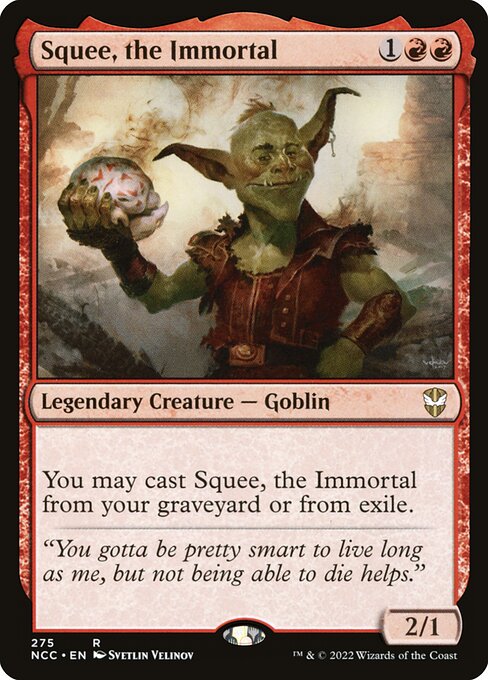
Squee, the Immortal
-
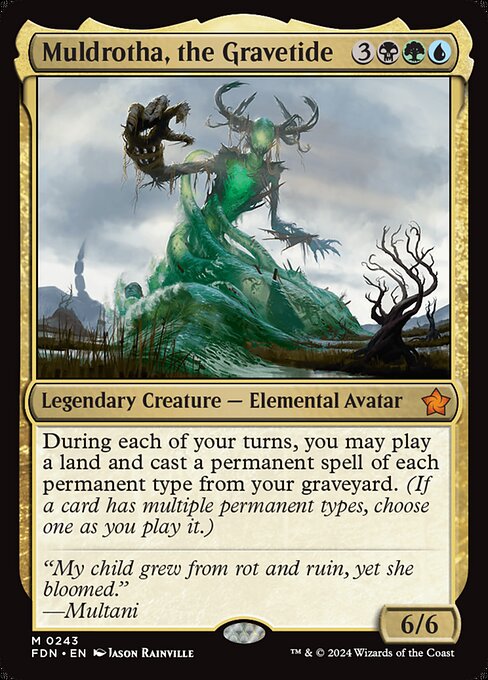
Muldrotha, the Gravetide
-

Kess, Dissident Mage
-

Balan, Wandering Knight
-
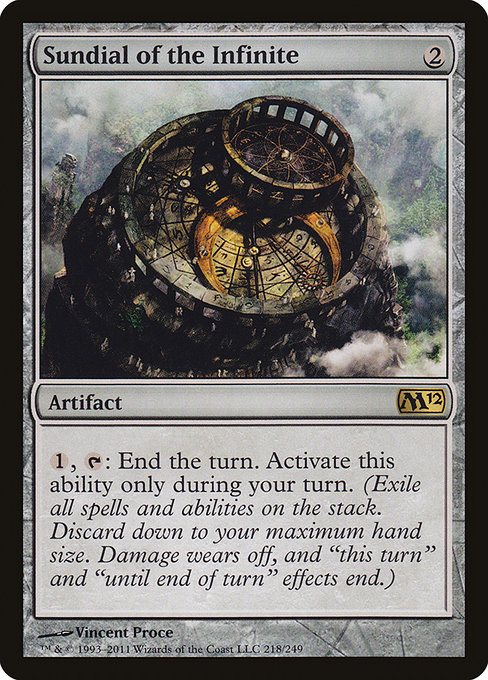
Sundial of the Infinite
-
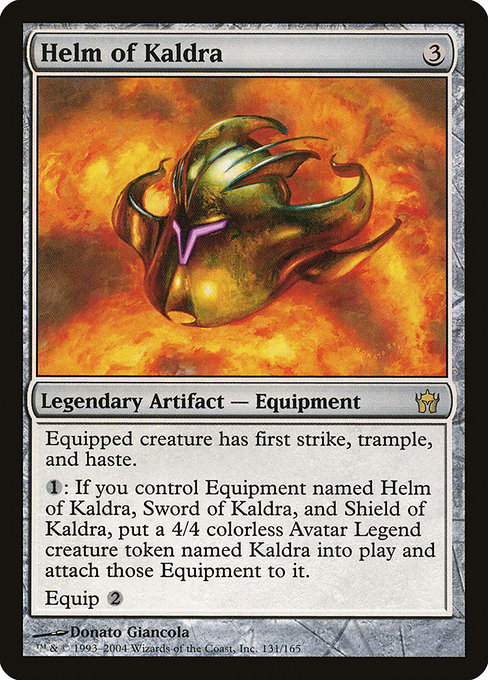
Helm of Kaldra
-
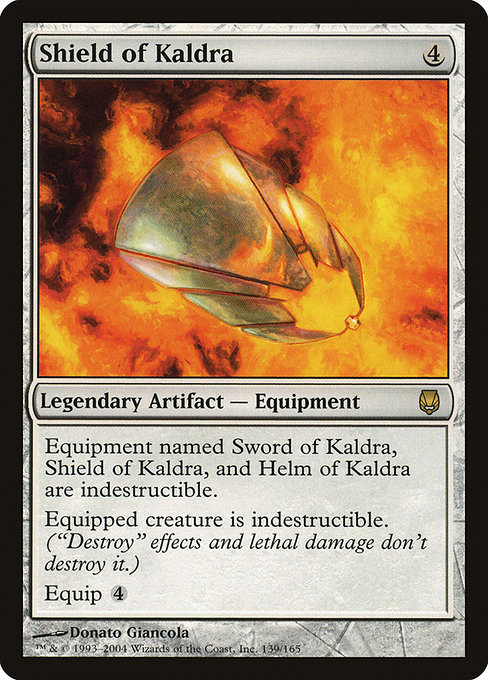
Shield of Kaldra
-
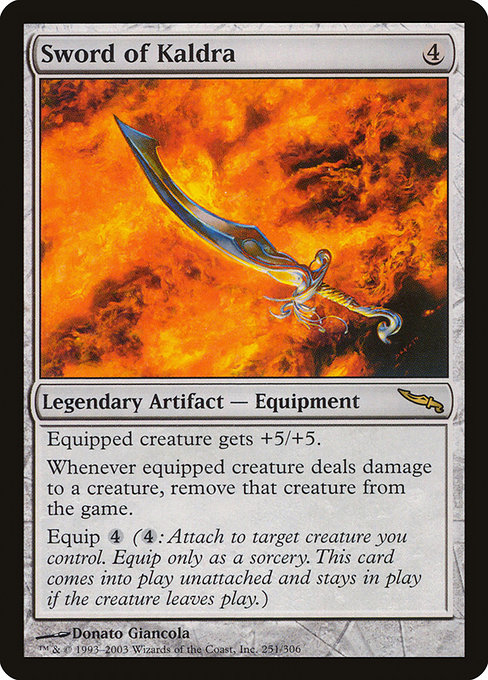
Sword of Kaldra
Gameplay Summary
In this game, each player had a deck built by the AI ChatGPT.
Seth was playing Squee, the Immortal, Richard was playing Muldrotha, the Gravetide, Phil was playing Kess, Dissident Mage, and Tomer was playing Balan, Wandering Knight.
The game started off normally, with all players keeping their starting seven and Seth going first.
Throughout the game, there were a few discussions about how the AI built the decks and the creativity and limitations of the AI.
Ultimately, the game seemed to unfold like a typical Commander game, despite the unusual deck-building process.
















![Commander VS S16E7: The Locust God VS Horde of Notions VS Tatyova VS Balan [EDH] thumbnail](https://i.ytimg.com/vi/yqrnU70Qx6I/sddefault.jpg)









![Commander VS S17E5: Grave Titan VS Mageta VS Muldrotha VS Neheb [EDH] thumbnail](https://i.ytimg.com/vi/2DjqtLbvS-g/sddefault.jpg)
![Commander VS S14E1: Muldrotha VS Valduk VS Tatyova VS Arixmethes [EDH] thumbnail](https://i.ytimg.com/vi/N6grgj3VwDM/sddefault.jpg)








![Planechase Party [Commander VS 304] | Magic: the Gathering Commander Gameplay thumbnail](https://i.ytimg.com/vi/CkGLzCD115Q/sddefault.jpg)






